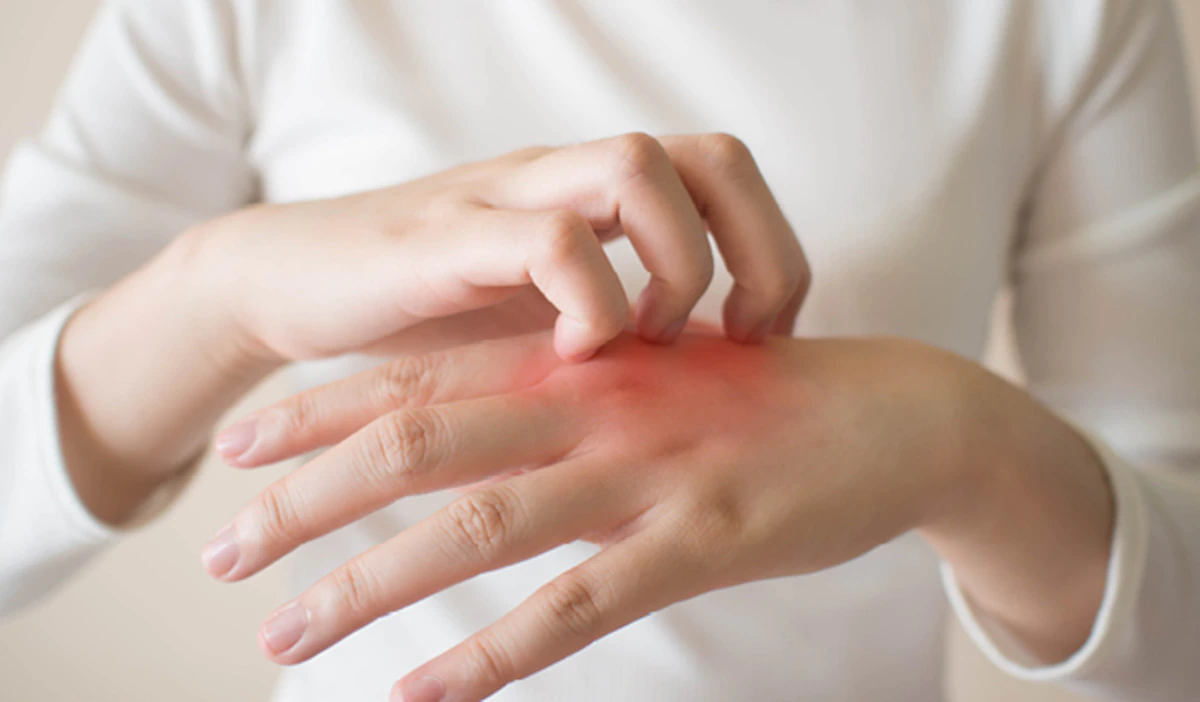Did you know that your fingernails can show some of the same health problems as your heart and kidneys? Nail problems such as vertical ridges, pitting, white spots, and discoloration could be signs of something wrong with your body. Luckily nail problems may also mean more easily detectable or treatable conditions. If left untreated, some of these problems can cause severe damage to the body. As a result, you need to see a New York nail problems specialist as soon as you notice any symptoms. This article looks at some of the most common nail problems.
-
Fungal Infections
Fungus loves warm, moist places and your nails are a perfect spot to take up residence. Fungal infections thrive in the dark, damp conditions and can be challenging to treat because of their hard exterior. Fungal infections should not be called “infections” as they don’t invade healthy tissue; instead, they just feed on the keratin that your nails are made of. Symptoms to watch for include yellowing, thickening, and curling the nail. If fungal infections are left untreated for too long, they can cause severe damage to other areas in your body due to toxins spread by the fungus.
-
Melanoma
Melanoma is the least common type of nail cancer, but it’s also one of the most dangerous. We don’t know what causes melanomas, but we do know that they occur more frequently in patients with darker skin colors. They often start as small, dark brown spots on the nails, and over time, they will thicken and form a rough, uneven texture. If you have melanoma, your doctor may recommend a biopsy to be sure.
-
Cellulitis
A bacterial infection, cellulitis, is tissue inflammation caused by injury or illness. It most commonly affects legs and feet. Symptoms include redness, pain, and swelling. If you have a deep cut or a surgical incision, then it’s possible that you could develop cellulitis from bacteria entering the body through the wound. Fortunately, treatment for cellulitis is usually a round of antibiotics. If left untreated, you could end up with sepsis and even heart or kidney damage.
-
Ram’s Horn Nails
Another name for these types of nails is “spoon nails.” The nails become soft and curve downward, like a spoon. They can also sometimes appear concave. This type of nail might indicate that you have been suffering from chronic illnesses such as psoriasis or eczema. Fortunately, treatment with topical creams can often restore your nails to a normal condition.
-
Vertical Ridges
Vertical ridges can signify aging, but they could also indicate a calcium deficiency, especially if the ridges are accompanied by white spots or pitting. Taking calcium supplements or adding more dairy products to your diet could help restore your nails to normal. If you have more severe cases, your doctor may recommend vitamin D or iron treatment.
In summary, nail problems may indicate a variety of conditions and diseases. If you notice any changes to your nails, see your doctor for an accurate diagnosis and treatment plan. Most nail problems can be prevented or treated successfully with the proper care and attention to detail.





